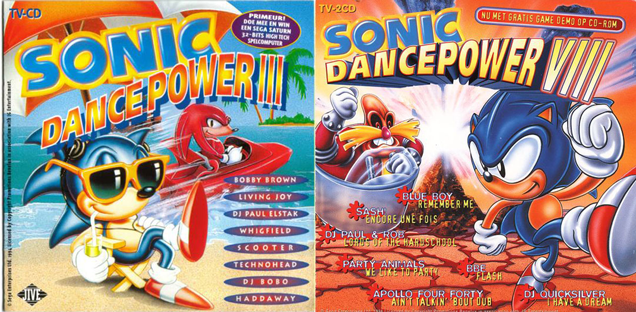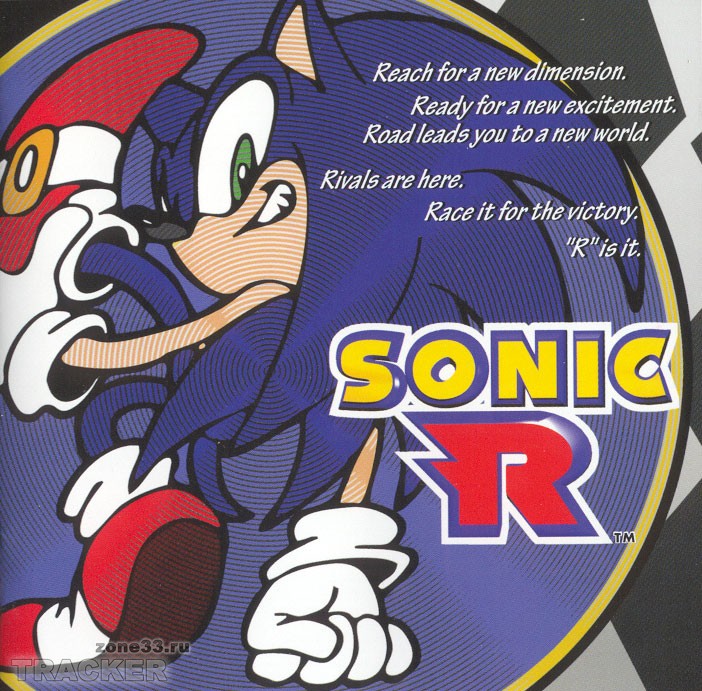
A similar contrast of styles can be heard in the Japanese and US versions of “ Stardust Speedway Bad Future.” Comparatively, the US version relies on a guitar riff, drum beats, and a persistent keyboard melody to create a song that feels a bit more “epic” and almost mournful. Its sirens, buzzers, and electric sounds inspire a sense of urgency. The Japanese version conjures the image of stepping into some techno nightmare steel plant. Just listen to the difference between the Japanese version of “Wacky Workbench Bad Future” and the US version of the same song. It’s hard to believe the reimagined soundtrack would move many more copies of the game even after people heard it. release by two months, but all of that time, money, and effort went towards something that most people would never even hear prior to actually purchasing the game. Not only did the process require Sega to delay the game’s U.S.

release, which seems like a comment on Sega’s desire for the soundtrack to feature a greater variety of instruments.Īt the time, the idea that a gaming company would completely change such a massive soundtrack just to appease the assumed desires of an international audience was largely unheard of. Another theory suggests that Sega wanted a more “complex” soundtrack for the U.S. Even though this soundtrack was based on Sonic sounds of the past, Sega worried that it was just too “weird” to work in the United States.

However, the popular (and nearly official) theory is that Sega simply felt that American audiences would not respond to the house sounds of the game’s original soundtrack. Sega’s reasons for not using Sonic CD’s Japanese soundtrack in the American version of the game have never been officially confirmed. Naturally, then, Sega decided to completely scrap the vast majority of Hataya and Ogata’s soundtrack ahead of Sonic CD’s American release. It’s a stunningly ambitious electric symphony that is at its best when you experience it within the context of Ohshima’s brilliant take on the Sonic series. Their musical style and influences are even more relevant now than they’ve ever been in the past (certainly than they were in 1993). The soundtrack that Hataya and Ogata composed remains appropriately timeless. When citing some of his influences at that time, Hataya reportedly dropped somewhat obscure names such as DJ Frankie Knuckles and British electric band The KLF. It’s also one of the few video game soundtracks of its era which was clearly inspired by house and techno music of the time. It’s an upbeat and highly atmospheric collection of songs designed to capture the mood and spirit of every version of the game’s colorful levels. As if that weren’t enough, players are treated to a variety of additional songs and sounds that includes a weird and wonderful lyrical track known as “ You Can Do Anything (Toot Toot Sonic Warrior).”Ĭomposed by Naofumi Hataya and Masafumi Ogata, Sonic CD’s original soundtrack is – much like Sonic CD – an evolution of the concepts established by previous soundtracks in the Sonic series. Sonic CD’s Japanese soundtrack doesn’t feature just one track for each of the game’s levels - it features four memorable tracks for each of the game’s levels, one for each time period. Ohshima’s unheard of approach to time travel in a platformer was complemented by a soundtrack is a must-listen for all gamers. A version of the level as it exists in the past, a version based on the present, a version based on a positive vision of the future, and a version based on a negative vision of the future. Inspired by the Back to the Future films, Ohshima designed Sonic CD in such a way as to allow players to experience four different versions of the game’s levels. His ambition is most evident when looking at the game’s time travel mechanics.

Ohshima wanted Sonic CD to feel like something that wouldn’t have been possible on older systems.

This change in direction matched Ohshima’s vision for the game. Originally designed as an enhanced port of Sonic the Hedgehog 2 meant to show off the power of their Sega CD peripheral, Sonic CD eventually became a separate game led by Soniccharacter designer Naoto Ohshima while Sonic lead programmer Yuji Naka worked on Sonic 2 with a team based out of the U.S. To understand the controversy surrounding Sonic CD’s soundtracks, you need to know a few things about the game itself.


 0 kommentar(er)
0 kommentar(er)
